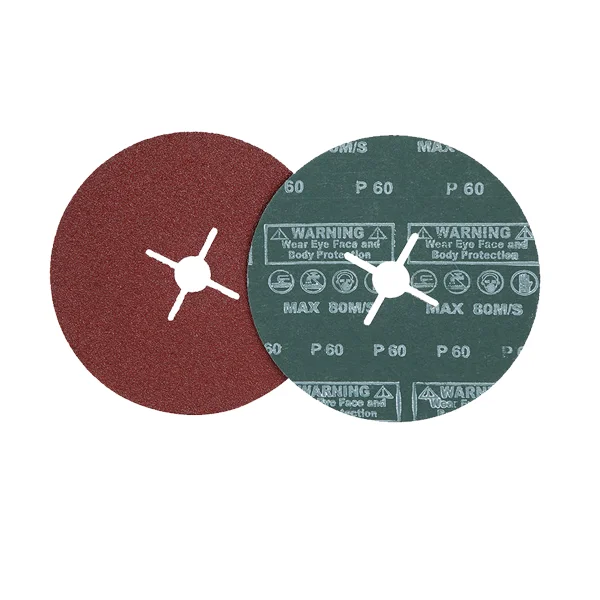When it comes to selecting the right impact wrench for your needs, one of the most critical specifications to consider is torque. Torque, measured in foot-pounds (ft-lbs) or Newton-meters (Nm), is a measure of rotational force. Understanding how much torque is good for an impact wrench can significantly influence your efficiency and effectiveness in various applications, from automotive repairs to construction projects. In this article, we will delve into the nuances of torque ratings, the factors that influence them, and how to choose the right impact wrench for your specific tasks.
Understanding Torque Ratings
Torque ratings for impact wrenches can vary widely, typically ranging from 100 ft-lbs for lighter-duty models to over 1,500 ft-lbs for heavy-duty industrial tools. The right torque rating depends on the tasks you intend to perform. For instance, a torque rating of 300-600 ft-lbs is generally sufficient for most automotive applications, such as removing lug nuts or working on engine components. On the other hand, heavy machinery maintenance or construction tasks may require impact wrenches with torque ratings exceeding 1,000 ft-lbs.
Factors Influencing Torque Requirements
- Application Type: The nature of the job is the primary determinant of the torque you need. For example, if you are working on light-duty tasks like assembling furniture or small automotive repairs, a lower torque rating (around 150-300 ft-lbs) will suffice. Conversely, for heavy-duty applications like tire changes or industrial machinery assembly, you may need an impact wrench with a torque rating of 800 ft-lbs or more.
- Fastener Size and Type: The size and type of fasteners you are working with also play a crucial role. Larger bolts and nuts require more torque to loosen or tighten effectively. For example, a standard 1/2-inch lug nut typically requires around 80-100 ft-lbs of torque, while larger bolts in heavy machinery can require upwards of 200 ft-lbs or more.
- Tool Design and Technology: Modern impact wrenches come equipped with advanced technologies that can influence torque output. Brushless motors, for instance, provide more efficient power delivery and can produce higher torque ratings without increasing the tool's weight. Additionally, features like adjustable torque settings allow users to customize the torque output based on specific needs, enhancing versatility.
How to Choose the Right Torque Rating
- Assess Your Needs: Before purchasing an impact wrench, evaluate the types of tasks you will perform most frequently. If you primarily work on light-duty projects, a lower torque rating will be sufficient. However, if you anticipate tackling a variety of tasks, consider investing in a model with a higher torque rating for added flexibility.
- Consider Future Projects: It’s wise to think ahead. If you plan to take on more demanding projects in the future, opting for an impact wrench with a higher torque rating can save you from needing to purchase additional tools later.
- Test Before You Buy: If possible, test the impact wrench in-store or through a rental service. This hands-on experience can help you gauge whether the torque output meets your expectations for the tasks you intend to perform.
Conclusion
In summary, determining how much torque is good for an impact wrench hinges on understanding your specific needs and the nature of the tasks at hand. While a torque rating of 300-600 ft-lbs is generally adequate for most automotive applications, heavy-duty tasks may necessitate tools with ratings exceeding 1,000 ft-lbs. By considering the factors outlined in this article, you can make an informed decision that enhances your productivity and ensures you have the right tool for the job. Remember, investing in the right impact wrench not only improves efficiency but also contributes to safety and precision in your work.






+ There are no comments
Add yours